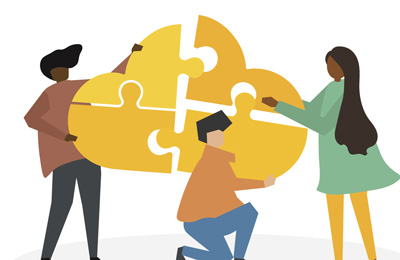
5G on the cusp of entering 5.5G, – what next? IoT? IoV?

“Embracing 5G tranformation” is the topic of a presentation by Huawei’s rotating Chairwoman and CFO, Sabrina Meng, given at China’s major technology fair, MWC Shanghai 2023.
She said that after only four years since first commercial deployment, 5G is ready to take the next step, to 5.5G. “Science and technology are moving to large, complex systems. This requires matching technology for specific scenarios and performing systems engineering to pave the way for 5G’s ongoing success,” she said.
“5G has been in commercial use for four years now. Across all industries and countless households around the world, it’s changing the way we work and live, creating tremendous economic, industrial, and social value. For consumers, 5G, cloud, and AI have set off a chain reaction, new forms of business are emerging in great quantities, and a multiplier effect is readily clear,” said Meng.
Moving ahead, 5G will give rise to new devices and applications that deliver a more immersive experience, like 5G New Calling and naked-eye 3D. 5G is also ushering in a new era of super-connectivity between things, bringing new strength to IoT networks and driving new forms of productivity.
5.5G is the next step forward for 5G. 5.5G will feature 10-gigabit downlink speeds, gigabit uplink speeds, the ability to support 100 billion connections, and native AI. It will not only connect people better – it will also create incredible new business opportunities with more targeted support for industrial needs in domains like IoT, sensing, and advanced manufacturing.
“The commercial deployment of 5G has created a growing appetite for more groundbreaking, leapfrog innovation. So how can we pave the way for 5G’s ongoing success?
This will require finding the right technology for different scenarios and performing more comprehensive systems engineering. This will also require diving deeper into industrial scenarios, truly understanding customers’ pain points, and adopting a more holistic systems engineering mindset,” Meng explained.
During her presentation, Meng showed the audience that the digital infrastructure of the future intelligent world will be deeply integrated into every aspect of people’s lives, industry, and society. It won’t be based on advancements in individual technologies, but rather on incredibly massive, complex systems – the convergence of multiple elements.
Meng spoke about two specific types of integrated capabilities. “The first is integrating different technologies. We can achieve greater synergy across cloud, networks, edge, and devices through systematic design and cross-domain innovation. When coupled with optimization across software, hardware, chips, and algorithms, we can address the challenges associated with developing complex solutions for vastly different industrial scenarios.”
“The second,” she continued, “is the ability to integrate different approaches to management. Digital and intelligent transformation is not just about technology itself. It’s more about transforming your approach to management. Going digital requires redefining the relationships between people, events, things, and theory, and adopting a more open, forward-looking management approach to address future challenges.”
Meng concluded: “Information technologies like 5G, 5.5G, AI, and cloud will help us rise with the tide and take us forward to an intelligent world. The best scenery is always ahead. Let’s create a bright future together.”
MWC Shanghai 2023 runs this week from 28 to 30 June in Shanghai, China.












































